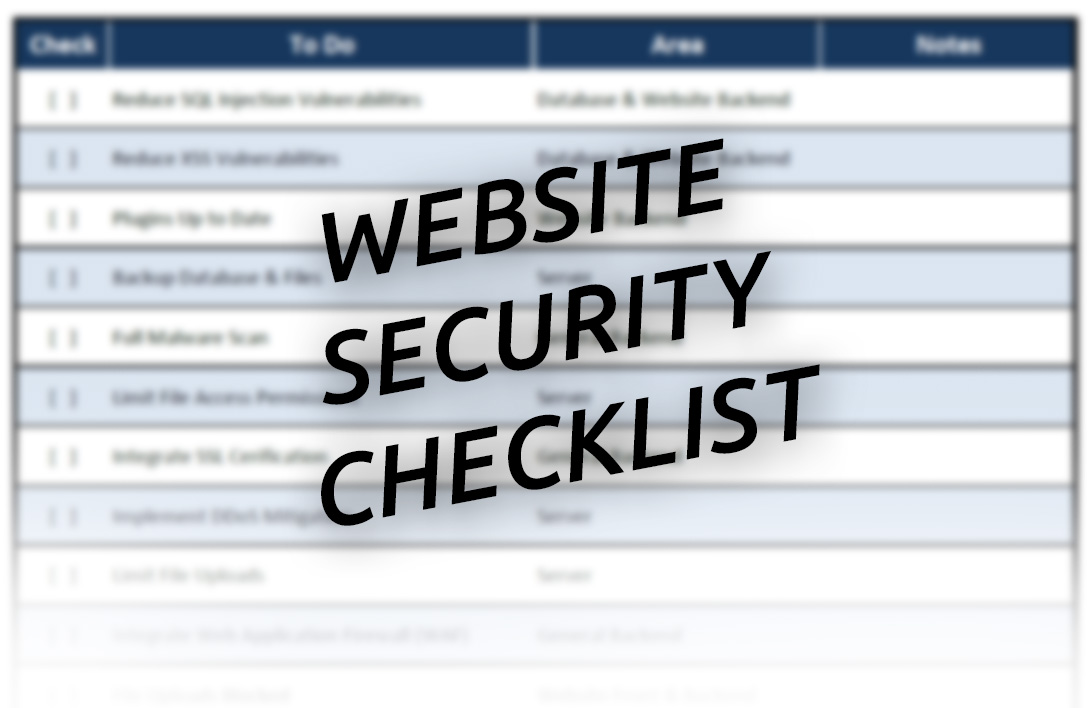Whether you are just starting with content marketing or reevaluating your current strategy, you need the right plan to get results. Even if you have an effective content strategy, you should often revisit it to ensure it’s up-to-date and engaging for your growing audience.
As time passes, it can be challenging to keep your content ideas fresh, and that’s where a well-planned content marketing plan will help. Let’s discuss ten simple strategies to help your business deliver compelling content to meet your marketing expectations and drive results.
What Is a Content Marketing Strategy?

Content is still king in the business world and having an effective content strategy is key to your growth and success. The term content strategy refers to a plan in which you use content to achieve your business goals. Today’s average content strategy plan includes a combination of audio, visual, and written content. A successful content strategy works to attract your target audience and keep them engaged as they move through your sales funnel.
The most effective content strategy for your business highly depends on your goals. Do you want to increase brand awareness? Are you trying to market a new product? How can you enhance your sales process and increase conversions? The goal of your content strategy is the driving factor in the type of strategy you should pick and how to implement it effectively.
With most businesses investing in content marketing today, it’s vital to develop a good content strategy to succeed in increasingly competitive industries. So, how do you create the right plan to meet your goals and grow your business?
How-To Create an Effective Content Marketing Strategy
Hiring a reliable digital marketing company is the best way to see the results you expect from your content strategy. Still, there are some things you need to consider before scheduling your initial meeting. Here are some questions your digital marketing team will want to discuss before building your plan.
- Who is your target audience? Who will be consuming your content?
- What problems will you be solving for your audience?
- What makes your business stand out from others in the industry? Why should customers choose you over the competition?
- What types of content does your target audience consume?
- What channels will you use to deliver content?
- How will you manage your content? Who will publish it? When will it be delivered to your audience?
10 Strategies for Successful Content Marketing

The right content strategy will help your business increase website traffic, generate brand awareness, and gather new leads. Many businesses notice their sales skyrocket with the right marketing plan. Here are some strategies that will bring your business to the next level:
1. Set Clear Goals
Every successful content marketing plan starts with a clear set of goals. This allows you to focus on what’s important and weed out what’s not. To define your goals, think about why you’re developing a marketing plan. Why do you want to produce content? What are you looking to accomplish? Clearly defining your goals allows you to determine what’s best and find success with your strategy.
Some examples of specific content strategy goals include:
- Increasing revenue
- Establishing high-quality leads
- Increasing website traffic
- Gaining influence and authority online
- SEO success
- Enhancing brand awareness
- Creating social media engagement
2. Know Your Audience

In addition to your goals, you need to define your target audience clearly. In marketing, your target audience is referred to as the buyer persona. Knowing your audience will also provide insight into producing content that your customers are most likely to consume. This allows you to create valuable content that converts.
You can better understand your audience by taking the following steps:
- Collect demographic data on your visitors, email subscribers, social media followers, and customers. You can use analytics to gather important demographic information such as age, gender, education, income, and key interests.
- Ask for customer feedback. Current customers can provide insight into their needs and priorities. You’ll also learn more about where your customers consume content and what type of content they typically enjoy.
- Create buyer personas. Using the demographic data and customer feedback you gather, you can build your buyer personas. This will allow you to create the most compelling content.
3. Establish Your Key Performance Indicators
Key performance indicators allow you to measure your progress. To identify your KPIs, you’ll need to make your goals measurable. Establishing your KPIs will help you create milestones that let you know when your goals are achieved. Think about what you want to accomplish in sales, website traffic, SEO, revenue, social media followers, and brand awareness.
Here are some examples of typical KPIs:
- Reach a revenue target within the first quarter of the year
- Gather more signups using qualified lead magnets
- Collect a certain number of new email subscribers
- See an increase in engagement on your website
- Improve your rankings on the search engine results page
- Reach a certain number of followers on your social media platforms
4. Quality Over Quantity
Another way to ensure your content marketing success is to focus on quality over quantity. One of the biggest mistakes businesses make in their marketing plans is to push out hundreds of posts each week with no value. Instead of focusing on the volume of content you deliver, focus on the quality of your posts.
A valuable piece of content requires a significant amount of research and prep work to be effective. Research what’s already out there before you begin to create your content. Focus on hot topics, high-ranking keywords, and original content. Make sure your tone reflects your brand’s personality. For example, if your brand is super-professional, use formal language.
5. Use Visuals
Today’s average reader spends a few fleeting seconds deciding whether your content is worth their time. With readers having such a short attention span and video content everywhere, it’s vital to use visuals throughout your published content. Infographics, quality images, and video help break up your content and keep readers engaged. Visuals also help optimize your content for search engines. Therefore, using visuals throughout your content is a win-win!
6. Understand What Content Channels Work for Your Industry

As you plan your marketing strategy, you’ll need to figure out where your audience spends most of their time. Start by looking at where you already have a successful online presence. Focus on what’s working and expand from there. This will help save you time and increase the effectiveness of your strategy.
A quality digital marketing team will also look at your web analytics. This will show where content is being shared the most on social media. Third-party content analysis tools can also help analyze your social media data to provide information on which social media platforms engage your audience the most and the type and length of content they typically consume. With the information you gather from analytics, you can choose the best channels to target your audience and get the most engagement from social media.
7. Use a Content Calendar

Another essential element of a successful content strategy is to know when to post your content. Using a content calendar is a great way to stay organized and on track, and you’ll know exactly when to publish your content on each platform and what to post.
You can use your free Google Calendar to input dates with content and set reminders to stay on track. If you publish a good amount of content, you can hire a content management team to handle the job. Project and task management tools are also helpful in scheduling and effectively publishing content.
8. Choose the Right Content Management System
The most effective content strategies incorporate several elements to bring you results. Content management includes content creation, publication, and analytics. If you want to create a successful content marketing plan, you need to invest in a reliable content management system. This gives you a single place to create, manage, track and analyze your content. It also allows you to measure your results to ensure you always have the most effective strategy.
9. Publish, Manage, and Measure
Distribution and marketing are some of the last steps in your content strategy. If you want to get the best results, you need to make sure this is handled correctly. A typical process for publishing, managing, and measuring your content is as follows:
- Create your content based on your research.
- Use a third-party tool or a good digital marketing team to set a schedule for sharing your content on social media.
- Take advantage of email marketing to distribute long-form content to subscribers.
- Keep an eye out for any influencers who mention your content and capitalize on this engagement.
Track the success of your content strategy by looking back at your KPIs to see what targets you’ve hit. Monitor Google Analytics, use a third-party tracking tool, or talk to your digital marketing team to see how your content performs.
10. Evaluate and Optimize

Finally, it’s essential to analyze your content to see where you can improve your strategy. Monitor how different types of content perform for you. Evaluate content that performs best to see how you can optimize content that doesn’t. By evaluating your progress, you’ll be able to optimize your content marketing periodically to keep your progress on track.
Now that you have some practical tips to help create a successful content marketing strategy, it’s time to get to work! If you need help creating a content strategy or need to enhance your current plan, we’re here to help! Reach out to our team at BragDeal to create a strategy that helps grow your business and exceed your revenue goals.



